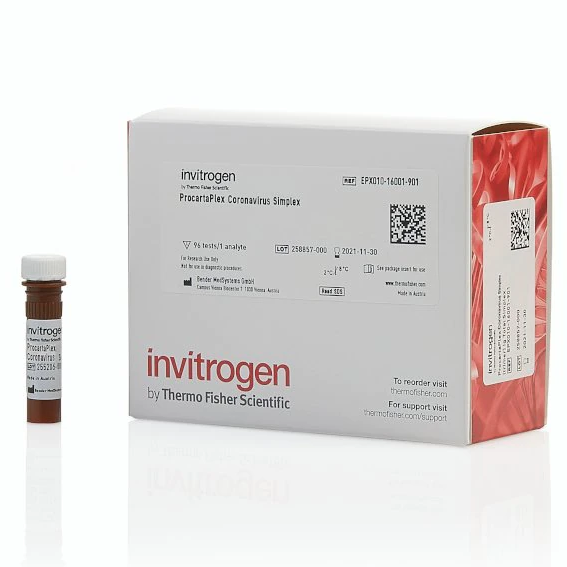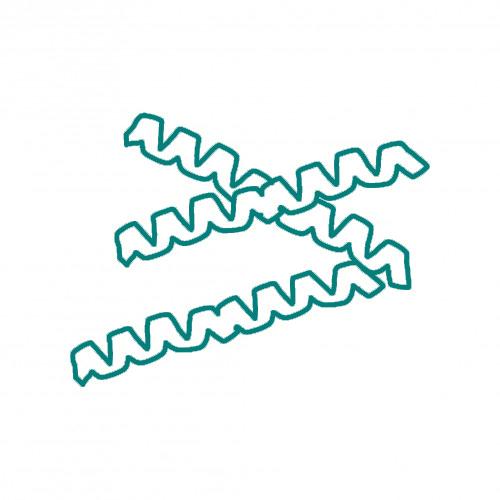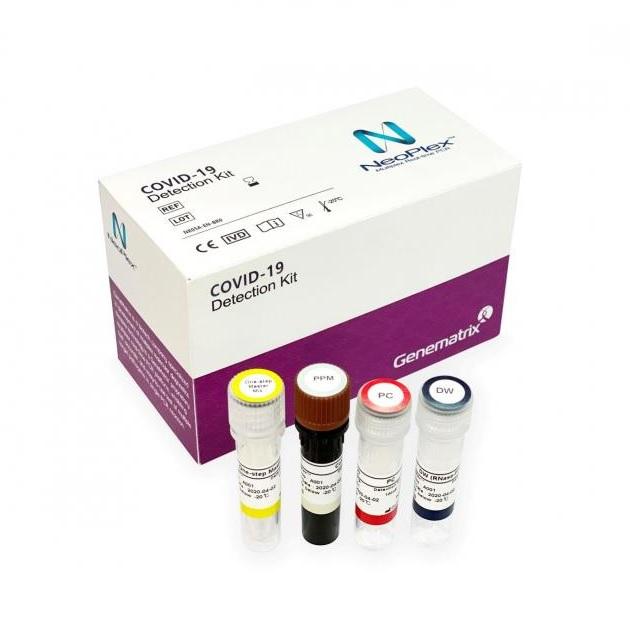Invitrogen™ SARS-CoV-2 Spike Brazil (P.1) Ig Total Human ProcartaPlex™ Simplex Kit
On demandInvitrogen™ SARS-CoV-2 Spike Brazil (P.1) Ig Total Human ProcartaPlex™ Simplex Kit
The Human SARS-CoV-2 Spike Brazil (P.1) Ig Total Simplex ProcartaPlex Kit measures anti-SARS-CoV-2 Spike antibodies specific for the SARS-CoV-2 variant Lineage P.1 in serum and plasma. The detector antibody is an immunoglobulin (Ig) total antibody directly conjugated to phycoerythrin (PE) that cross-reacts with all Ig (IgG, IgM, and IgA) in serum and plasma. IgG is the most abundant of the immunoglobulins.
This kit is designed to be combinable with other Simplex kits from the Coronavirus Panel so that you can create your own multiplex panel that utilizes Luminex xMAP technology for protein detection/quantitation. When combining multiple Simplex kits (i.e., when you are not using a pre-configured Multiplex Panel), only one buffer kit (sold separately) is needed for each assay plate regardless of plex size.
ProcartaPlex immunoassays are based on the principles of a sandwich ELISA, using two highly specific antibodies binding to different epitopes of one protein to quantitate up to 80 protein targets simultaneously when using the FLEXMAP 3D or Luminex 200 instrument and up to 50 protein targets when using the MAGPIX instrument. ProcartaPlex assays require as little as 25 µL of plasma or serum, or 50 µL of cell culture supernatant, and just four hours to obtain analyzed results.
The Luminex MagPlex superparamagnetic microsphere beads in the ProcartaPlex assay are internally dyed with precise proportions of red and infrared fluorophores to create 100 spectrally unique signatures that can be identified by the Luminex xMAP detec¬tion systems (Luminex 200, FLEXMAP 3D, and MAGPIX systems). Similar to a sandwich ELISA, the ProcartaPlex assay uses matched antibody pairs to identify the protein of interest. In a ProcartaPlex multiplex assay, each spectrally unique bead is labeled with antibodies specific for a single target protein, and bound proteins are identified with biotinylated antibodies and streptavidin–R-phycoerythrin (RPE). The conjugation of protein-specific antibodies to a distinct bead allows for analysis of multiple targets in a single well.
The most significant difference between a ProcartaPlex assay and ELISA is that the capture antibody in the ProcartaPlex assay is conjugated to a magnetic bead and not adsorbed to the microplate well, so the ProcartaPlex assay reagents are free-floating in the solution. For detection, the Luminex 200 instrument, for example, contains two lasers, one to distinguish the spectral signature of each bead and the second to quantify the amount of RPE fluorescence, which is proportional to the amount of protein present in the sample. ProcartaPlex multiplex assays can profile up to 80 times more target proteins using significantly less sample in the same time that it takes to perform a traditional sandwich ELISA.
Features
- Reproducible, reliable results—validated as a panel to the highest industry standard, including protein target combinability and cross-reactivity testing.
- More results per sample—measure multiple protein targets simultaneously in a single 25–50 µL sample.
- Well-established Luminex technology the most referenced multiplexing platform for protein detection and quantitation ProcartaPlex assays utilize Luminex xMAP (multianalyte profiling) technology for the simultaneous detection and quantitation of up to 80 protein targets in a single 25–50 µL sample—from plasma, serum, cell culture supernatants, and other bodily fluids.
Contents
- 1 vial Capture Beads (50X)
There are no specifications
There are no report
You May Also Like
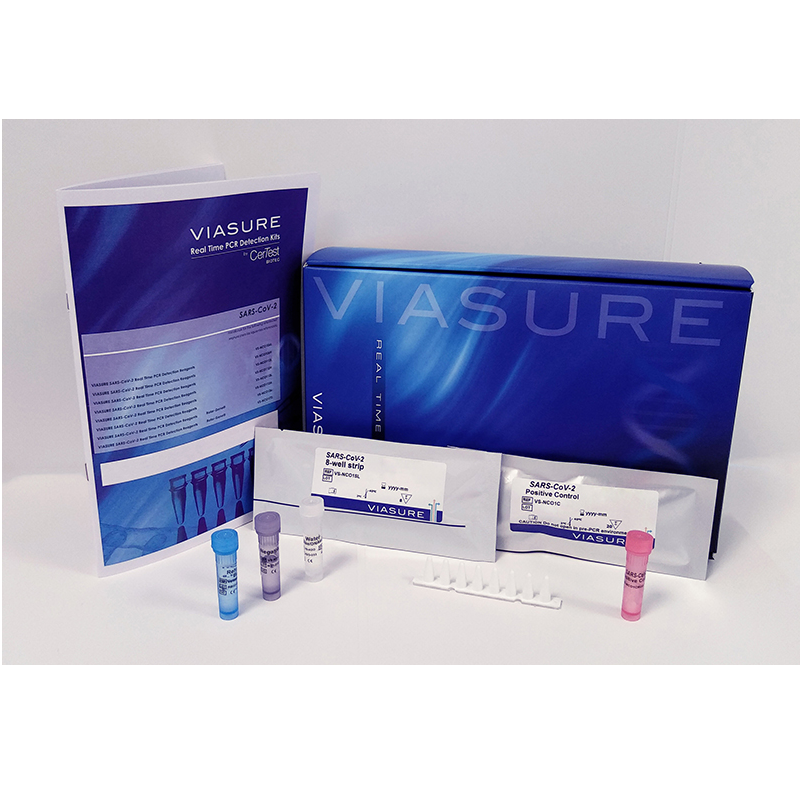
Certest™VIASURE SARS-CoV-2 (ORF1ab and N genes) Real Time PCR Detection Kit 2ml Tube (4 tubes x 24rxn)
$ 431
In stock
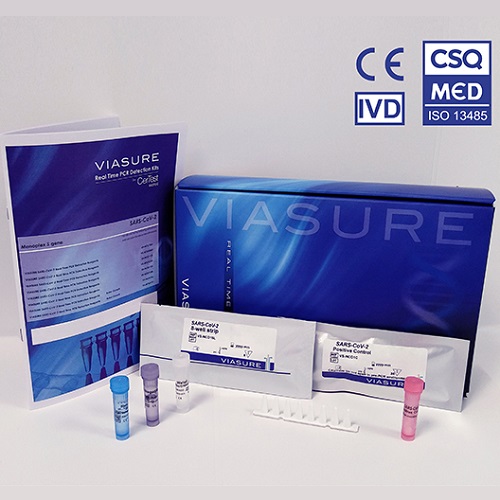
VIASURE SARS-CoV-2 (ORF1ab and N genes) Real Time PCR Detection Kit 96-well plate, high profile
$ 287
In stock
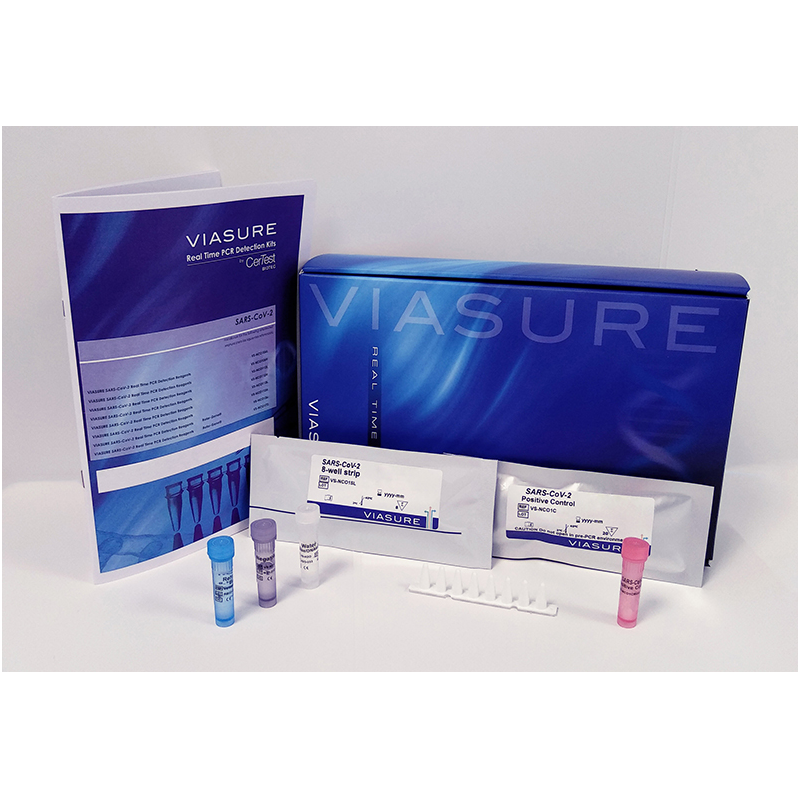
Certest™ VIASURE SARS-CoV-2 Variant III Real Time PCR Detection Kit, 1 x 8-well strips, High profile
$ On demand
On demand
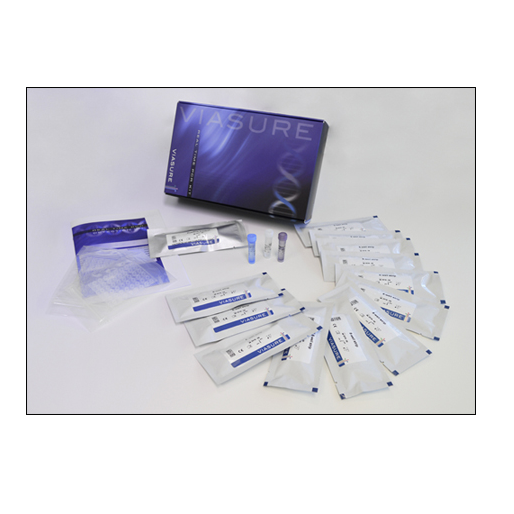
Certest™ VIASURE Coronavirus (229E + NL63 + OC43 + HKU1) Real Time PCR Detection Kit 96-well plate, High Profile
$ On demand
On demand
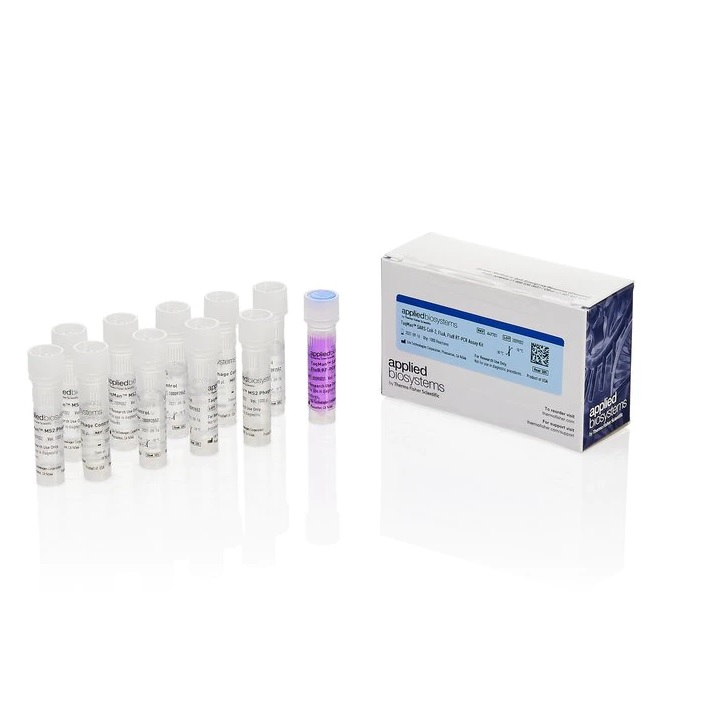
Applied Biosystems™ TaqMan™ SARS-CoV-2, FluA, FluB RT-PCR Assay Kit
$ On demand
On demand
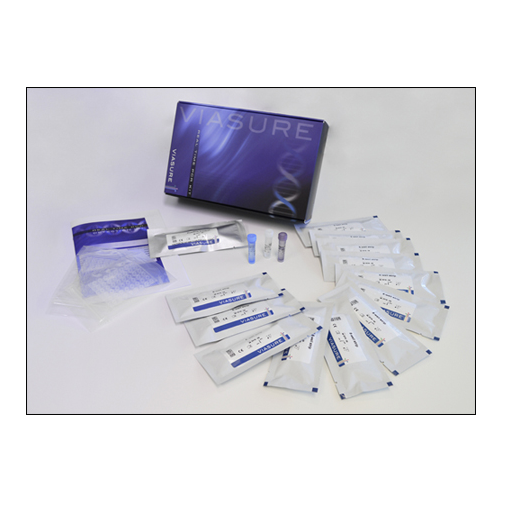
Certest™ VIASURE Coronavirus (229E + NL63 + OC43 + HKU1) Real Time PCR Detection Kit 96-well plate, Low Profile
$ On demand
On demand
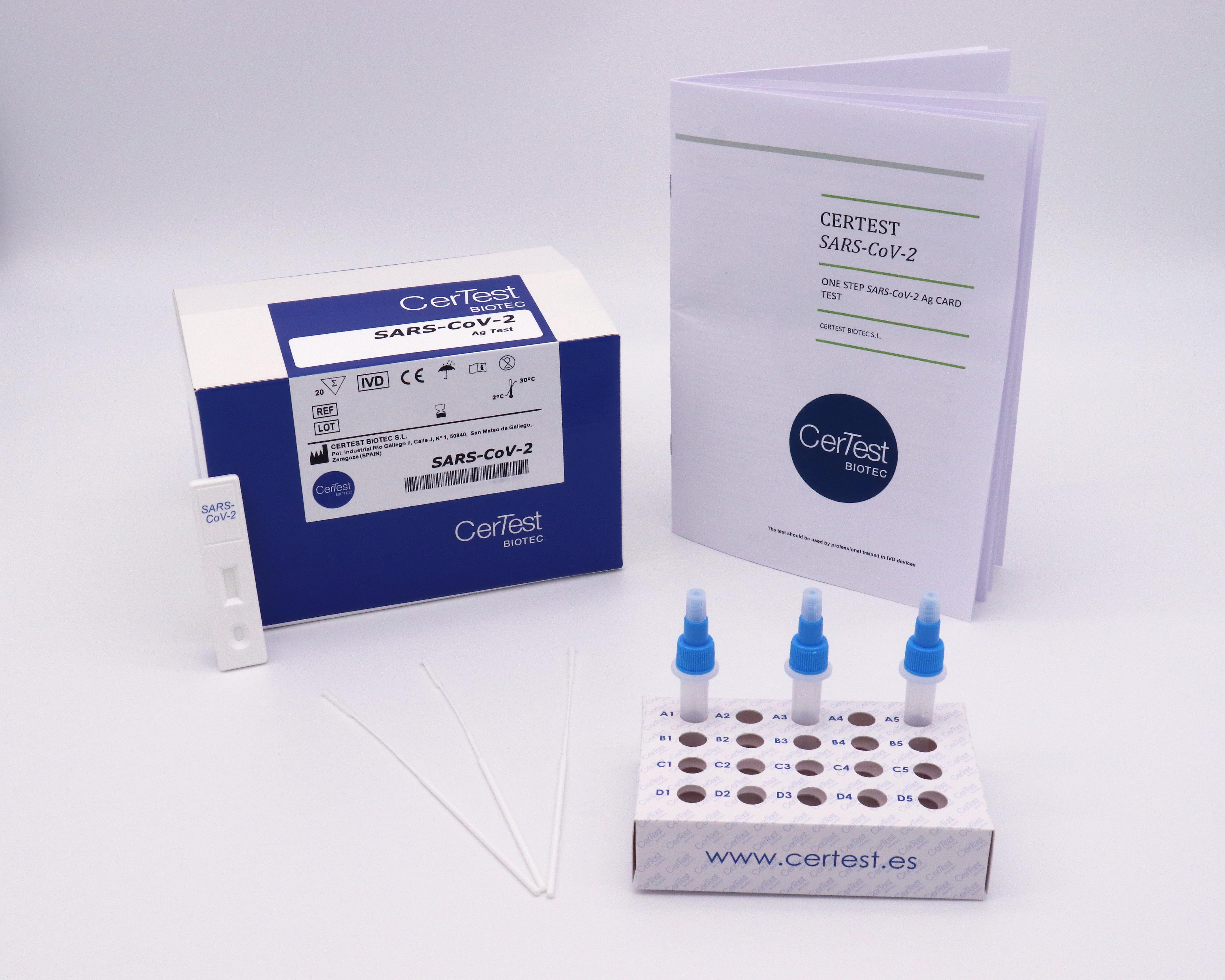
Certest™ SARS-CoV-2 Card (Ag 20 tests kit with swabs + 20 vials)
$ On demand


